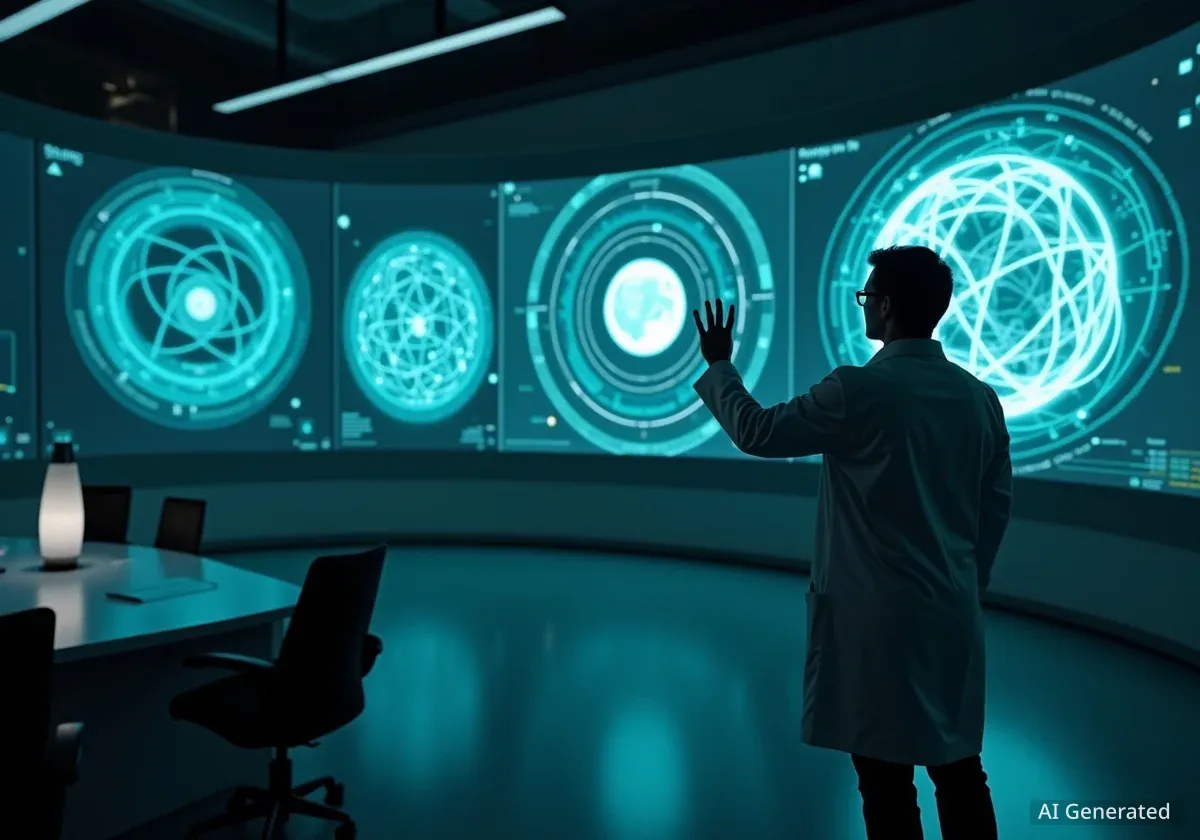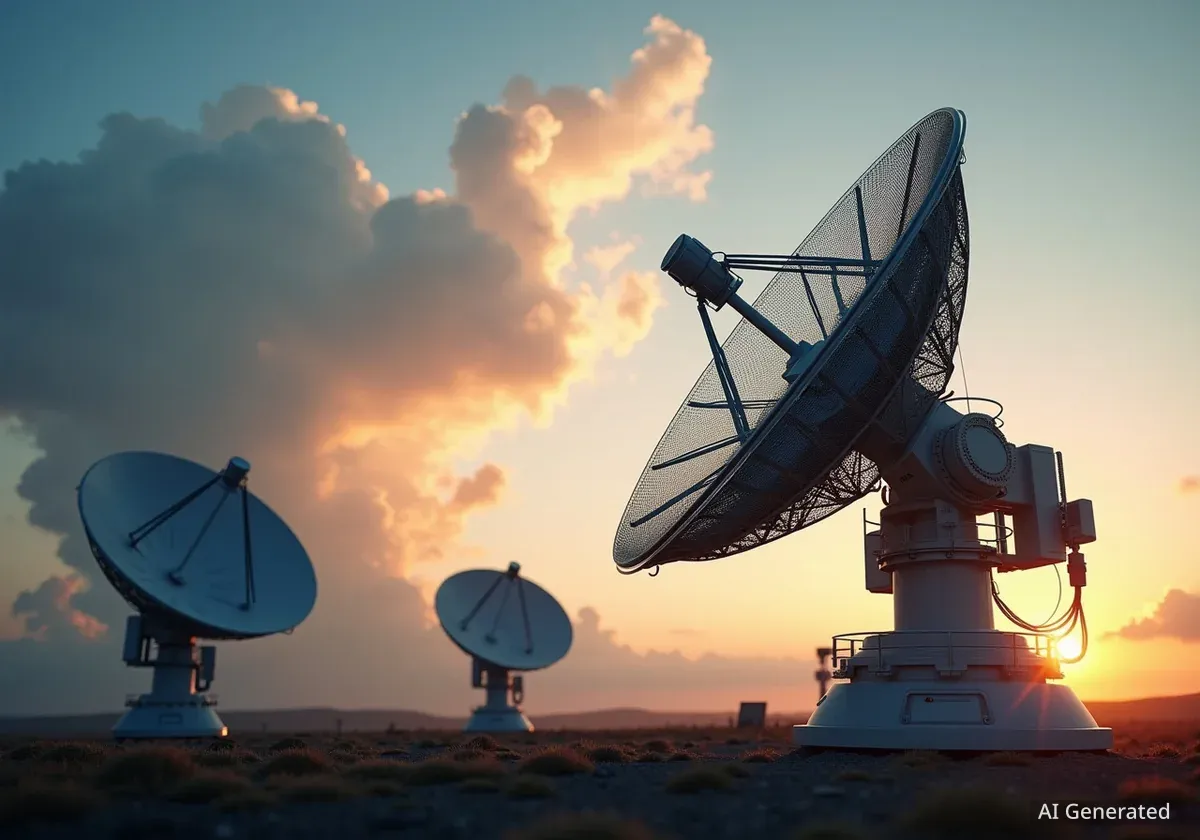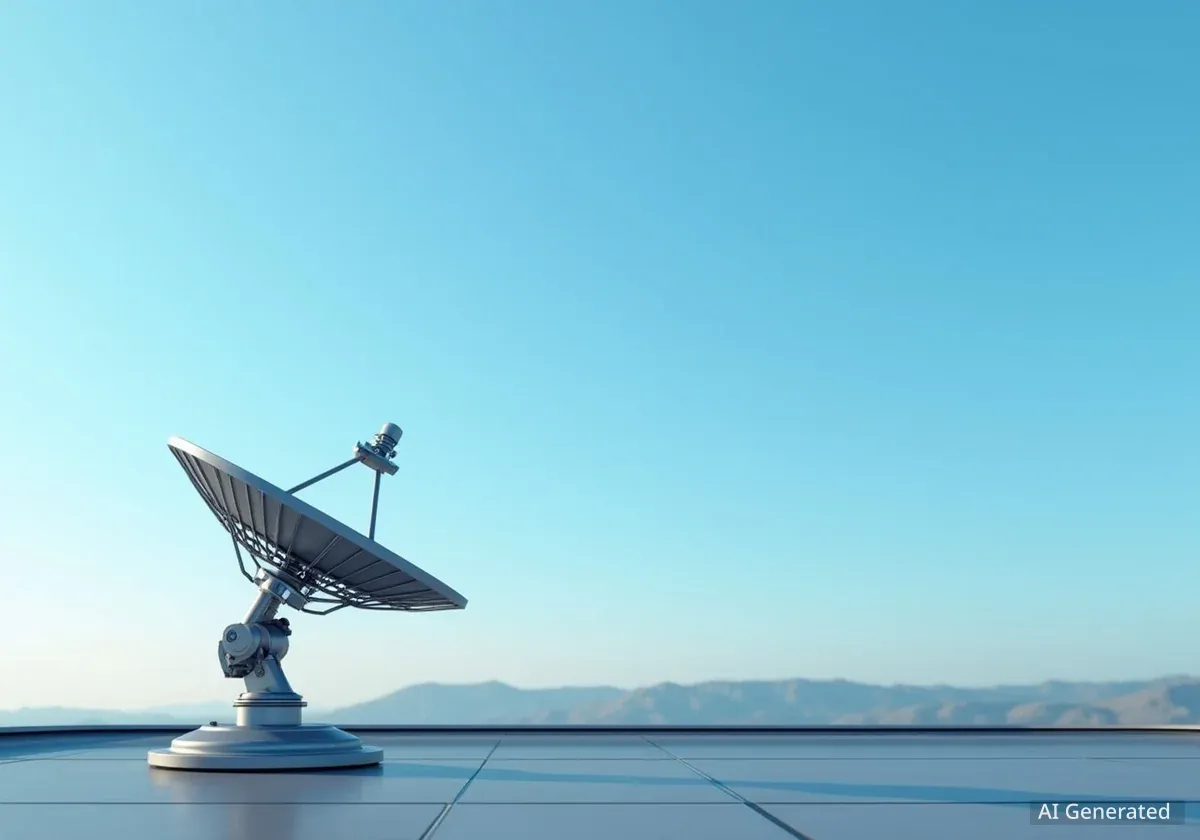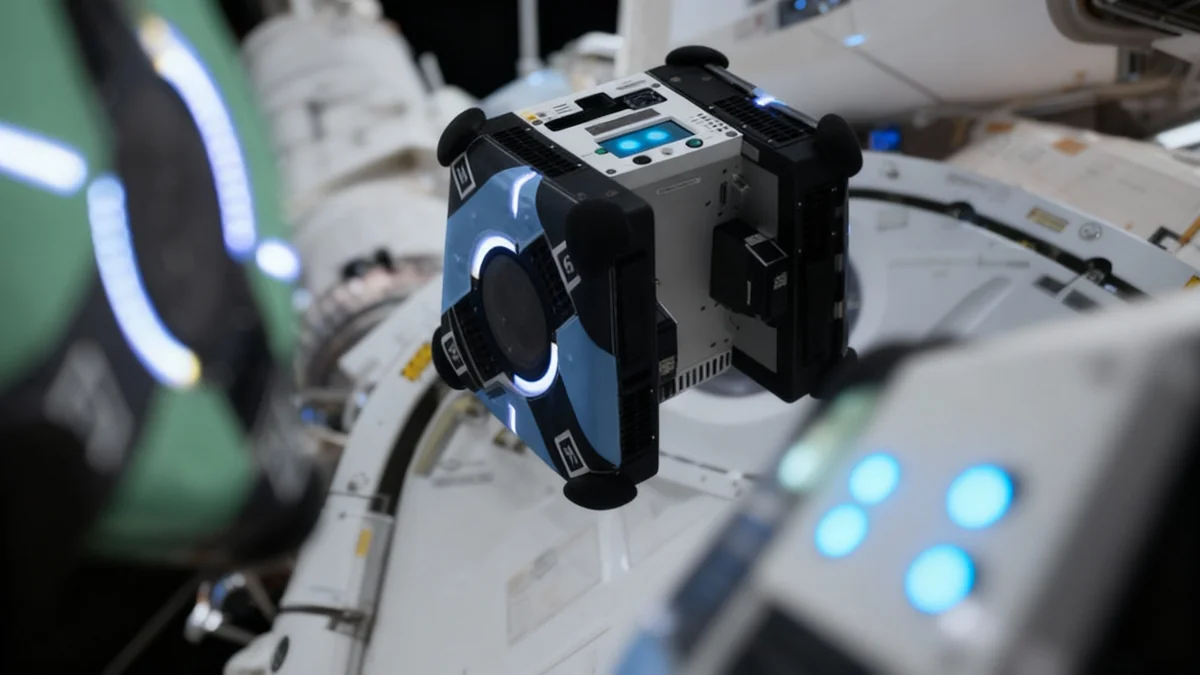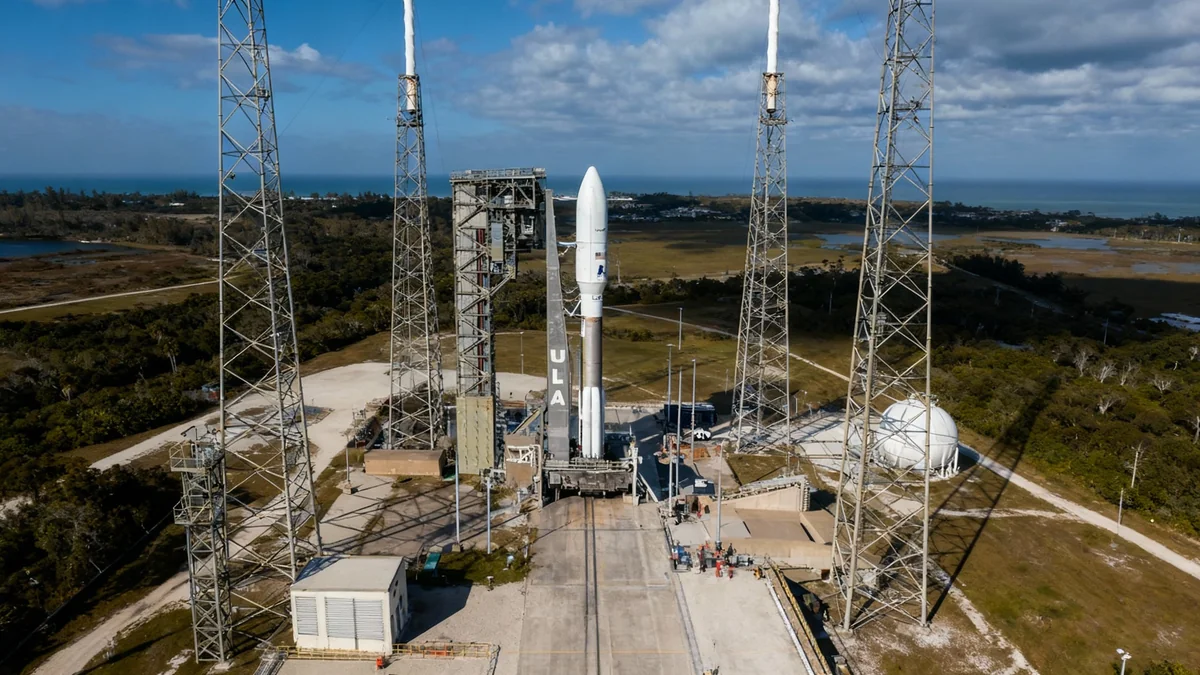A new research initiative, backed by a $200,000 grant from the National Science Foundation, is set to explore how artificial intelligence and augmented reality can solve one of the most complex challenges in space travel: navigating the chaotic region between the Earth and the Moon.
The project, led by Dr. David Canales at Embry‑Riddle Aeronautical University, aims to develop a new framework for designing spacecraft trajectories that could significantly improve fuel efficiency and mission planning for future lunar expeditions.
Key Takeaways
- Researchers at Embry-Riddle Aeronautical University received a $200,000 NSF grant.
- The project focuses on improving trajectory design for spacecraft in the chaotic cislunar region.
- It will combine augmented reality (AR) for visualization and artificial intelligence (AI) for learning.
- A branch of mathematics called "knot theory" will be used to guide the AI, making the process more efficient.
- The goal is to move from simplified 2D maps to a comprehensive 6D analysis of spacecraft motion.
The Cislunar Navigation Challenge
Navigating in deep space is relatively predictable, but the area between the Earth and the Moon, known as cislunar space, is a different story. In this region, the gravitational forces of both celestial bodies pull on a spacecraft simultaneously, creating a complex and unpredictable environment.
This gravitational tug-of-war results in what scientists call chaotic motion. According to Seur Gi Jo, a Ph.D. student in Dr. Canales’ Space Trajectories and Applications Research (STAR) lab, this environment is extremely sensitive.
"Trajectories in the cislunar region exhibit chaotic behavior because both Earth’s and the moon’s gravities act together, meaning that even small errors or perturbations in position or velocity can lead to completely different trajectories," Jo explained.
This sensitivity makes planning missions difficult and costly. A tiny miscalculation can send a spacecraft far off course, requiring significant fuel to correct its path. Dr. Canales compares the effort to understanding currents in the ocean.
"Just as understanding ocean currents improves navigation, deciphering space’s energy landscape could significantly enhance fuel efficiency and trajectory predictions," Canales said.
Why Cislunar Space Matters
With renewed interest in lunar missions, including NASA's Artemis program and the planned Lunar Gateway space station, mastering travel in cislunar space is critical. Efficient and reliable trajectories are essential for transporting astronauts, supplies, and building materials to the Moon and beyond.
Moving Beyond Flat Maps
A core problem with current methods is that they oversimplify a complex reality. The motion of a spacecraft is defined by six variables: three for its position (up/down, left/right, forward/backward) and three for its velocity (speed and direction in each of those dimensions).
However, engineers typically rely on a series of two-dimensional maps to analyze these six-dimensional movements. This forces them to compare separate plots, making it difficult to see the complete picture and design an integrated, optimal path.
"Imagine trying to describe where a car is when it’s moving. You need both its location and its speed and direction," Canales noted. To accurately analyze a spacecraft’s trajectory, "we need to consider all six dimensions together, not just a simplified 2D picture."
A New Vision with Augmented Reality
To overcome the limitations of 2D charts, the research will employ sophisticated visualization tools, specifically augmented reality (AR). The idea is to create an immersive environment where engineers can interact with the complex trajectory data in a more intuitive way.
Instead of looking at a flat screen, a mission planner could put on an AR headset and see the data come to life in three dimensions. This would allow them to literally walk around and inspect potential flight paths.
Stepping Inside the Data
Dr. Canales envisions a system that would "let engineers step inside” higher-dimensional maps. He described the experience: "Instead of flipping through many 2D plots, you could see 3D bubbles, or tubes, of possible spacecraft motion and even interact with them in real time."
This interactive approach aims to make the abstract, six-dimensional data tangible and easier to understand. Seur Gi Jo added that the team is exploring AR "to make these visualizations more intuitive," which could dramatically speed up the design process.
An AI Guided by Knot Theory
The second major component of the project involves artificial intelligence. The team will use a technique called reinforcement learning, where an AI algorithm learns by trial and error. It attempts different solutions and receives feedback, or "rewards," for those that are successful.
"It’s like training a dog with rewards," Canales said. However, letting an AI guess randomly in such a complex system would be incredibly slow. To guide the AI, the researchers are turning to an abstract field of mathematics: knot theory.
What is Knot Theory?
- Knot theory is the study of mathematical knots, which are essentially tangled loops in three-dimensional space.
- It focuses on classifying different types of knots and understanding how they can be twisted and linked without being cut.
- Chaotic trajectories in space can often resemble these tangled loops.
By classifying different chaotic paths as specific types of mathematical knots, the researchers can provide the AI with a structural map. Instead of guessing blindly, the AI can follow the patterns identified by knot theory, transforming lessons from one problem to another and learning much faster.
"The hypothesis for this research is that synthesizing higher-dimensional data, visualization with knot theory-informed learning will greatly improve our ability to analyze, predict and design within chaotic regimes," Canales concluded. This innovative fusion of AR, AI, and pure mathematics could pave the way for safer, cheaper, and more ambitious missions to the Moon and beyond.

